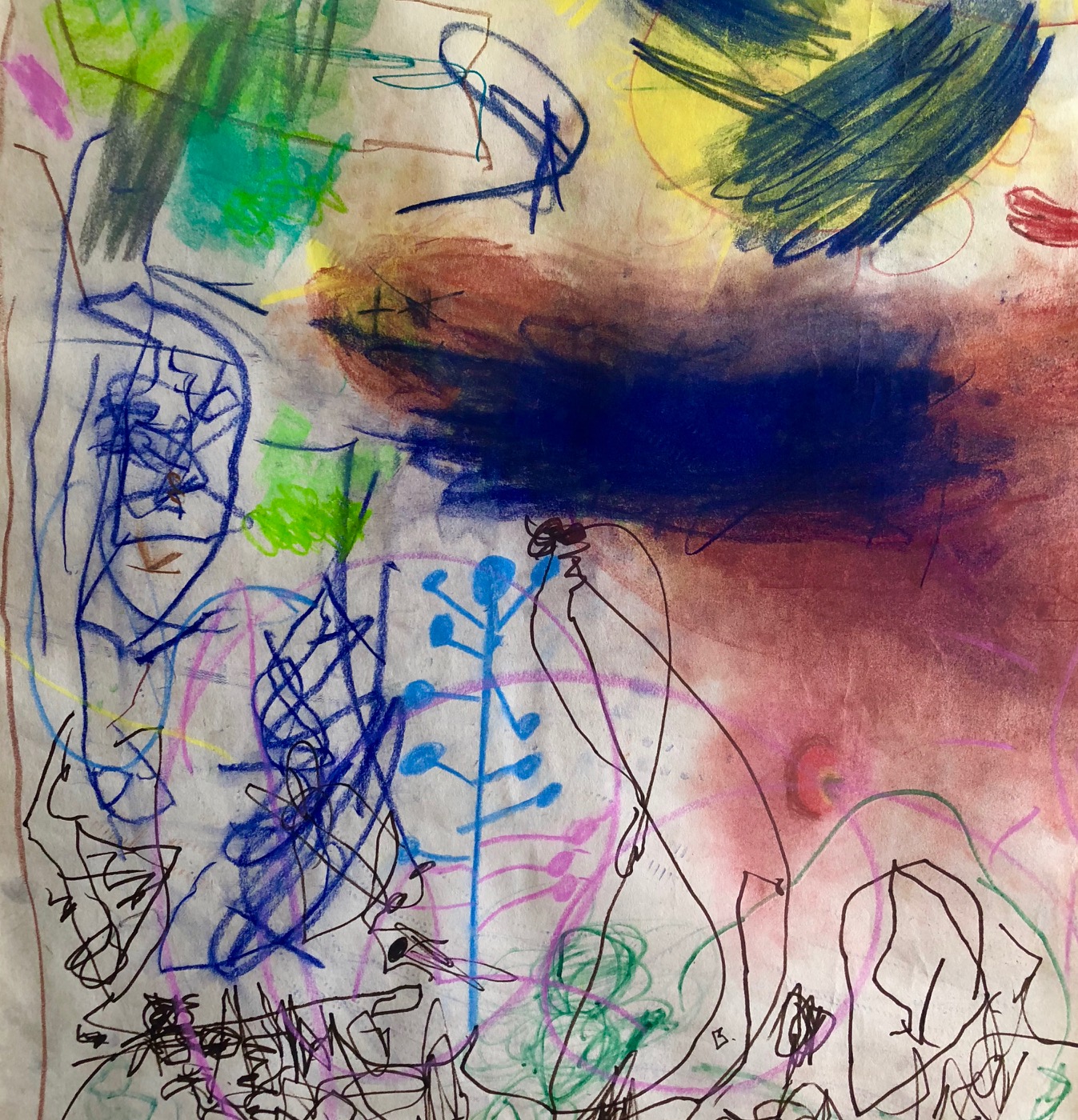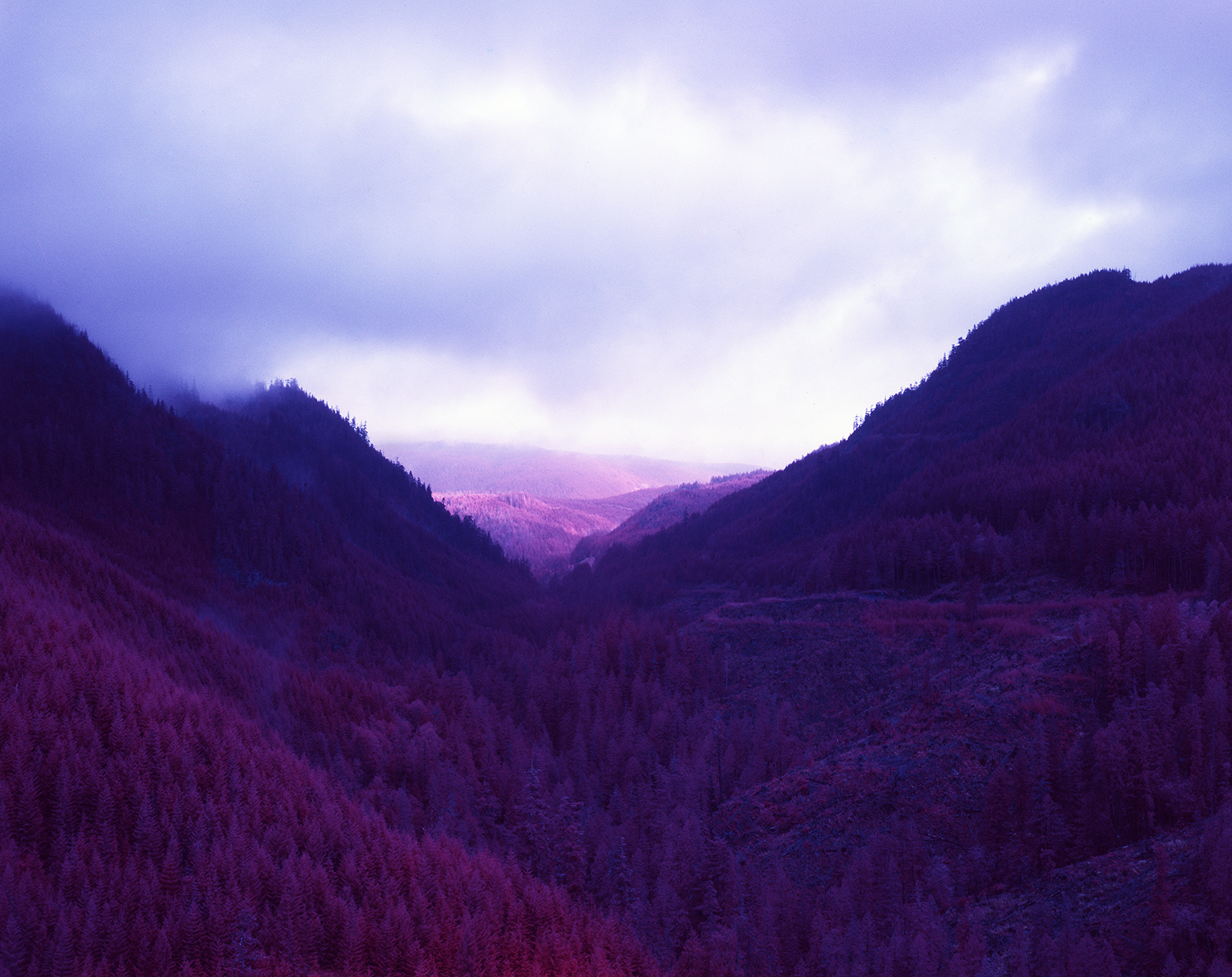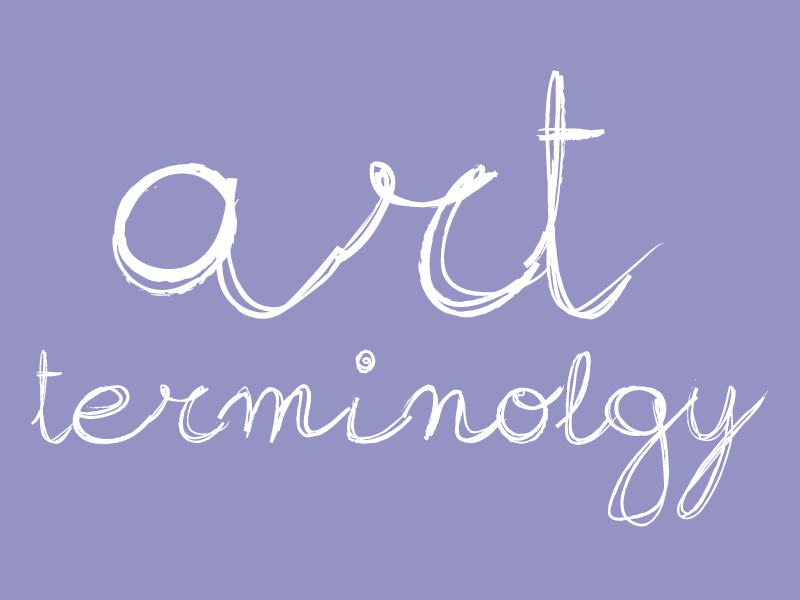
What We Wonder: Art and Poetry by Young Learners
The majestic imagery of Supernatural: Art, Technology and the Forest has served as inspiration for numerous intriguing projects by young learners at the Gallery.

The majestic imagery of Supernatural: Art, Technology and the Forest has served as inspiration for numerous intriguing projects by young learners at the Gallery.

By Audrey Wang, AGGV Marketing Volunteer
Did you know that tea is the most widely consumed beverage in the world after water? Tea is believed to have been drunk in China since the Shang dynasty (1700-1027 BC) and may have begun as a medicinal tonic.

By Regan Shrumm, AGGV Assistant Curator
Many of the artworks in Supernatural: Art, Technology and the Forest are located on Vancouver Island, including Ian Wallace’s Clayoquot Protest, Mike McLean’s Jorden River series, and Leila Sujir’s Forest Breath. But seeing the forest through the medium of photography is a different experience from actually entering the forest. Or virtually seeing the forest through a stereoscopic video for that matter.

Mike Andrew McLean’s photographic works in Supernatural: Art, Technology and the Forest exude a sense of mystery and eeriness. But the truth is not too far off the viewer’s first impressions, because what is documented on film is essentially a ghost town.

As a follow-up on our previous Art Terms For Beginners post where we demystified European art terms, this post will look at terminology specific to Asian art.